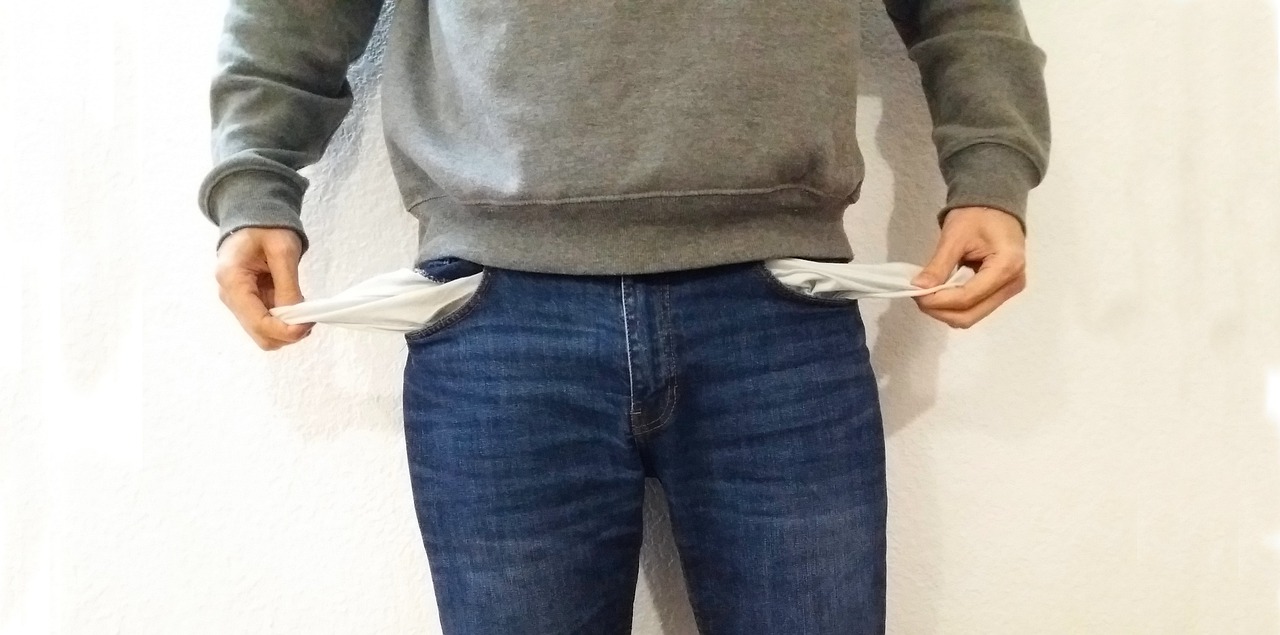Last Updated on: 21st November 2023, 09:32 pm
There are several methods you can use to repay your debt, and some of the most effective are the debt avalanche and snowball methods.
The debt snowball method is best for getting rid of your debts as quickly as possible, while the debt avalanche method is best for eliminating your loans while saving as much money as possible.
These methods help you pay off your student, credit card, auto, and medical loans. But how do they do that? What is so different between these methods? Let’s find out!
What Is the Debt Snowball Method?
The debt snowball method is a debt elimination method that involves you listing all your debts from smallest to largest according to their amounts and then paying them off one by one until you are debt-free.
It involves putting a concentrated effort into making extra payments towards the smallest debt while making minimum payments towards others. However, the snowball method doesn’t consider your annual interest rate, which means you might end up paying more over time.
How Does the Debt Snowball Method Work?
The debt snowball method involves you:
- Listing your outstanding debts from smallest to largest.
- Putting aside extra money to pay as much of your smallest debt as possible while making minimum debt payments.
- Making extra payments towards your second-smallest debt while continuing your minimum debt payments once you’re free of the smallest debt.
- Repeat the above steps until you are debt-free.
An Example: The Debt Snowball Method
Let’s say you have to pay the following debts every month:
- $1,000 medical bill — $50 monthly payment
- $1,500 credit card bill — $60 monthly payment
- $5,000 student loan — $150 monthly payment
When you’re using the debt snowball method, you’ll start with the smallest loan, which is the $1,000 medical loan. Let’s say you get a $500 side hustle. Now you’ve got an extra $500 to put towards your medical loan.
So, you’ll put your $550 loan towards your medical bill the first month and $450 the next month plus interest, becoming free from your medical bill within two months. Now you’ll focus on the next-smallest loan, the $1,500 credit card loan.
You’ll put $610 ($550 plus $60) towards your credit card loan in the first month, followed by $610 in the next two months, freeing yourself of the loan in three months. Next up is your $5,000 loan.
Since you’re now free of your medical and credit card bills, you now have $110 from the paid loans plus the $150 monthly payment, along with the extra $500 you’re earning per month. So, you can put a total of $760 towards your student loan per month, which means you’ll be done with it in six and a half months.
Therefore, by using the debt snowball method, you’ll be done with your loans in 12 months. However, you’ll probably end up paying higher interest rates, which aren’t so bad when you are debt-free.
What Is the Debt Avalanche Method?
The debt avalanche is a debt elimination method that involves you eliminating the debt with the highest interest rates and working down from there. It helps you save money by paying less interest.
How Does the Debt Snowball Method Work?
Here’s how you can start with the debt avalanche method:
- List all your outstanding debts, such as auto, personal, medical, student, and credit card loans.
- Find out the highest-interest debt and arrange the outstanding debts from highest to lowest interest.
- Begin by paying your highest-interest debt and work your way down the list until you’re debt-free.
An Example: The Debt Snowball Method
Let’s say you have to pay the following debts every month:
- $8,000 credit card debt at a 17% annual percentage rate (APR)
- $6,000 car loan at a 3.0% interest rate
- $5,000 student loan at a 4.50% interest rate
Using the above method, you’ll first pay your credit card loan while making payments to your other loans. If you need to, you could find a side hustle paying $1,000 per month, which means you’ll be free of your loan in eight months, paying $1,360 in interest.
Next, you’ll conquer your student loan and later your car loan, getting debt-free in three years.
Debt Avalanche vs. Snowball: The Differences
Here are some of the differences between the two types of debt repayment methods:
-
Expensive vs. Smallest
The debt avalanche method focuses on eliminating your most expensive loans first, while the debt snowball method focuses on getting rid of your smallest loans first, which means you’ll end up paying more in the long run.
-
Low Interest vs. High Interest
The debt snowball method doesn’t factor in a loan’s interest rate, so you end up paying very high-interest rates. In comparison, the debt avalanche method focuses on the interest rates of a loan when eliminating it, meaning you pay less interest in the long term.
-
Easy to Implement vs. Requires Discipline
The debt snowball method is easy to implement because it only requires you to commit to paying the smallest loans, which can be a major confidence booster.
In contrast, the debt avalanche method involves you working on the highest-interest loans first (just like a paystub generator asks you to enter the most important details first), which is less motivating but more rewarding in the end, as you save more money and can contribute it towards your other loans.
The Bottom Line
Both the snowball and avalanche methods speed up your debt retirement by making you pay more than the minimum amount due each month — just like self-employment causes you to dedicate more time to your job. However, the result — being debt-free — is worth it.







